Tags
beetles, British insects, Brown-tail moth caterpillars, Brown-tail moth webs, Buff-tailed bumblebee, Emperor dragonfly, Knopper gall
Actually, it rained before my walk, during my walk and after I got home, but ‘Small creatures between showers’ was a bit long for a title. Here, then, are the said creatures …
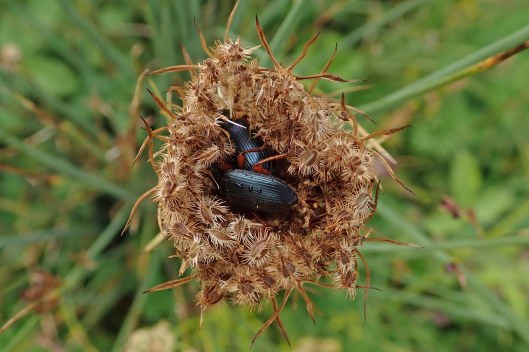
First up, these beetles were cosying up in an umbellifer flower head. I couldn’t see enough to identify them and wasn’t going to disturb their comfort to find out more.
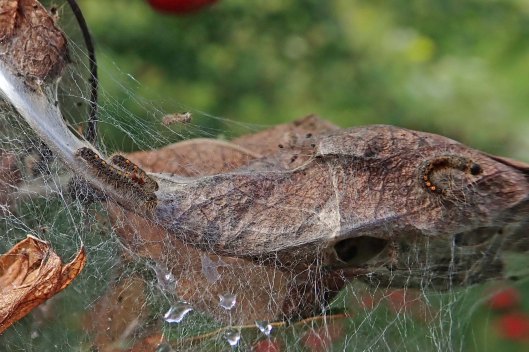
This is a web of Brown-tail moth larvae, the ones some people freak out about because their hairs can irritate the skin. The solution to that problem is, of course, easy: look, enjoy, wonder, admire, but don’t touch!
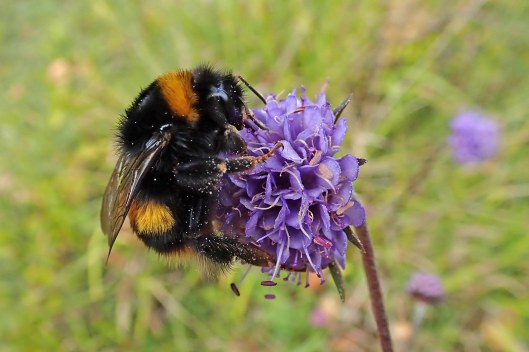
There weren’t many flying critters about but bumblebees will fly whatever the weather, as shown by this gorgeous queen Buff-tailed bumble.
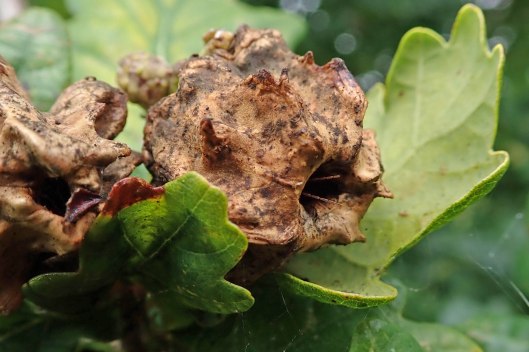
Perhaps the littlest creature, though I didn’t look in to investigate, was the one that was lurking in this Knopper gall (spot the antennae!).
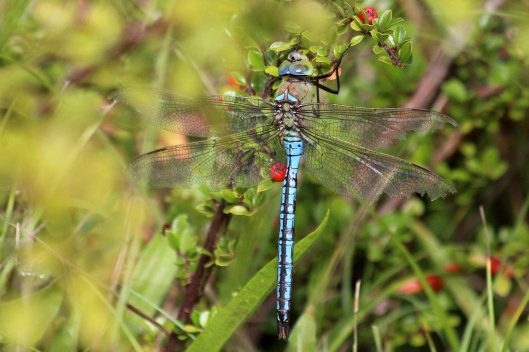
And, the prize for the most magnificent, was this male Emperor dragonfly. I had to linger a while, waiting for him to settle, and then sneak up behind the bushes, but His Imperial Majesty was definitely worth the wait. What a handsome creature he is, despite his somewhat ragged wings.

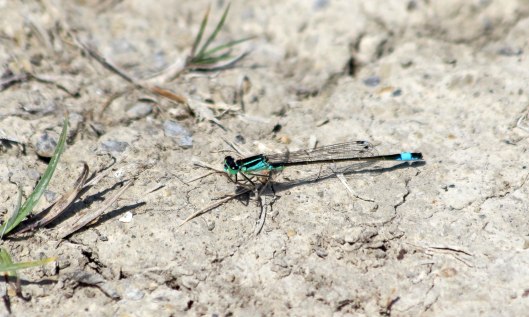


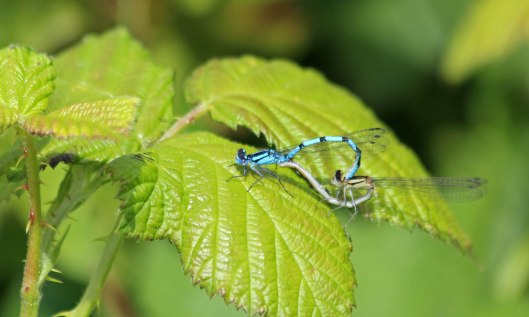




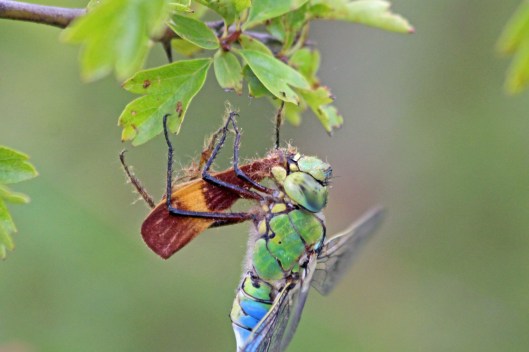
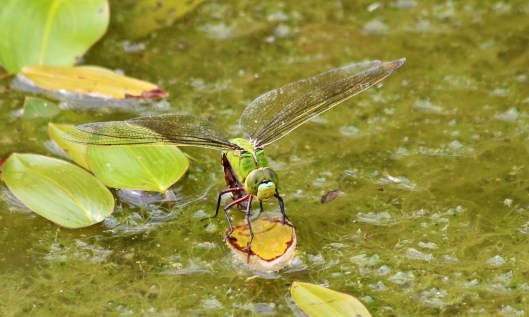

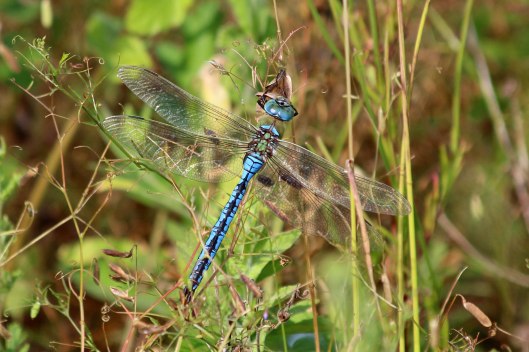


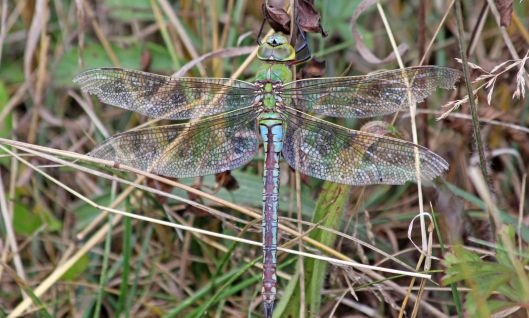





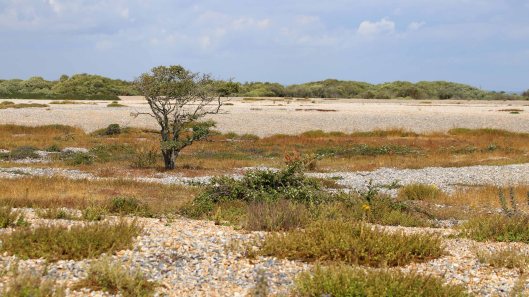



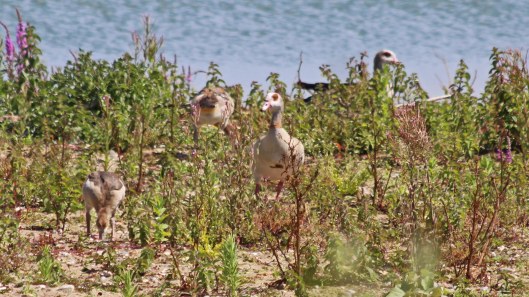

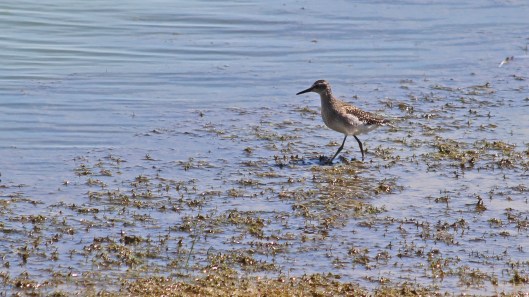




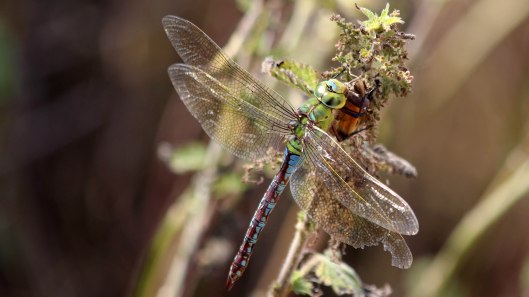




















You must be logged in to post a comment.